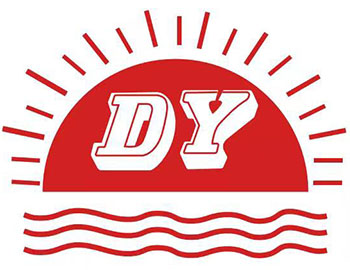One of the most important things that everyone needs to know is how to manage money. It’s the one thing that can either make or break you in life. If you are not great at managing your money, you will most likely find yourself in debt all of your life, along with the bad credit ratings this can bring you. As this is such an important skill to master, it is never too soon to start teaching your children the value of money managing skills.
Empower Your Child’s Future with a Cute Piggy Bank
In today’s fast-paced and ever-changing world, it is becoming increasingly important to teach children about money and financial responsibility from an early age. Financial literacy is a crucial life skill that empowers individuals to make informed decisions, manage their resources effectively, and achieve long-term financial security.
Why kids love plastic Piggy Banks?
Plastic Piggy Banks are usually designed to look like animals, cartoon characters or other fun shapes, which makes them highly appealing to kids. Kids love to put their money into these fun containers and feel like they are interacting with these characters. Plastic piggy banks are often designed with loss and drop prevention features, which makes them a safe choice for parents when choosing a savings vehicle for their children.
This actually sounds a lot harder than it is. Most of the lessons work in naturally with other day to day things. However, there are a few special things that can be taught outside of these daily activities. Start out with a piggy bank for younger children. When Grandma and Grandpa give them money for their birthdays, have your children put some of this in their banks to save. They can be given a small amount of money to spend when you take them shopping. This is a lesson in saving money for them.
One way that a piggy bank is useful is as a method of teaching small children how money works. Kids who are just entering school might not understand the concept of how money is used and how much each coin or bill is worth. Older children, such as 12 – 15 year olds, can be shown how to do grocery shopping. Give them a part of your shopping list, or let them help make the list. When you go shopping, tell them the amount of money they have to spend on the items contained on their lists. Then go your separate ways in the store. Set a meeting point in the store to check the items before going to the cashier. You might just be surprised at how well your child will do with this project. It might not be perfect the first time or even the first 5 times. But you will see that, eventually, your child will become more adept at matching the items on the list to the allotted amount of money to spend.
Encourages Saving Habits
Piggy banks provide an interactive and tangible way for children to develop saving habits. By encouraging kids to collect and save their loose change, they learn the importance of delayed gratification and the satisfaction of watching their savings grow.
This instills the fundamental concept of saving money for future needs or goals, an essential skill that will serve them well throughout their lives.
For those children who have a more advanced knowledge of money, a piggy bank can help them learn how to save. Some parents may wish to encourage saving by teaching kids the concept of interest. These parents can offer small interest on all of the money saved in a piggy bank for kids, letting the children see how that money accumulates over time.








